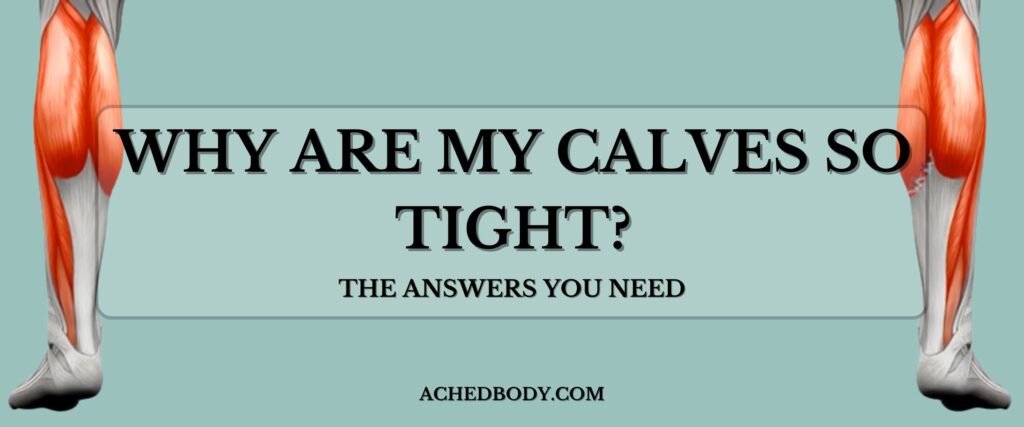
The Reason Your Calves Are Tight
Unless you are bedridden, you walk every day.
And if you do more than just walk each day, your calves will take a beating over the course of years.
Tight calves can lead to discomfort, reduced mobility, and even more serious issues like Achilles tendonitis, plantar fasciitis, or knee pain if left unaddressed.
This article is all about factors that contribute to why your calves are so tight and how that can lead to trigger points building up over time.
If you’re looking for solutions, check out our guides on:
How to Fix Tight Calves – A step-by-step approach to relieving calf tightness using stretching, mobility drills, and myofascial release.
How to Release Trigger Points in the Calf – A deep dive into trigger point therapy for calf muscles.
How to Foam Roll Your Calves – A practical guide to using a foam roller for self-myofascial release.
Alright, let’s really get into it.
The Role of the Calf Muscles (Gastrocnemius & Soleus)
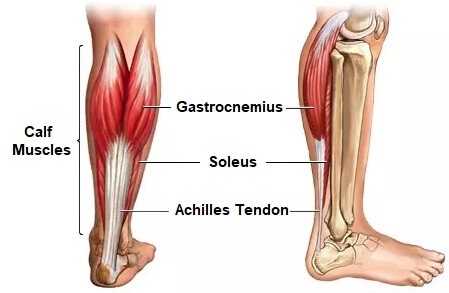
Stick with me here.
To understand why your calves feel tight, you should know the anatomy and function of the calf muscles.
The two primary muscles in the calf—the gastrocnemius and the soleus—work together to provide stability, power, and movement.
Tightness in either of these muscles will impact your mobility and if left untreated long enough, daily activities like walking and standing will suffer.
Here are some details about these two muscles:
Anatomy & Function of the Calf Muscles
Gastrocnemius (Upper Calf Muscle)
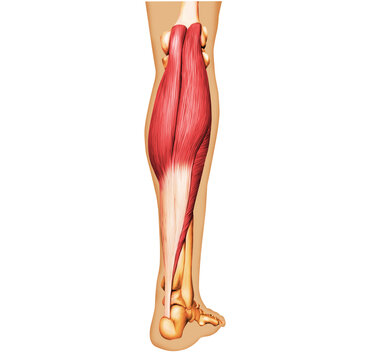
- The gastrocnemius is the larger, more visible muscle that creates the bulging shape behind the lower leg.
- It has two heads that attach above the knee joint and extend down to the Achilles tendon. (This is important to know if you have knee pain!!!)
- Its primary function is plantar flexion of the foot (pointing the toes downward) and assisting in knee flexion (bending your knees).
- It’s most active in explosive movements like sprinting, jumping, and pushing off while running.
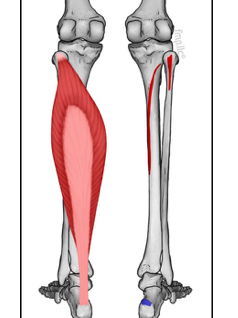
Soleus (Lower Calf Muscle)
- The soleus lies deeper beneath the gastrocnemius and helps your ankles move properly.
- The soleus does not cross the knee joint—it originates below the knee and attaches to the Achilles tendon.
- It provides stability for standing and walking and plays a key role in activities like jogging, cycling, and prolonged standing.
NOTE: The soleus works constantly. Tightness here can cause a lot of issues for your ankle, shins, feet and even further upstream in your knees.
How Calf Tightness Affects Movement & Performance
When these muscles become tight or restricted, they can lead to discomfort, inefficiencies in performance (or everyday life) and worst of all… overcompensation from other muscles.
Here’s how:
Reduced Ankle Mobility: Tight calf muscles limit dorsiflexion (the ability to bring your toes toward your shin), making movements like squatting and walking more difficult. This lack of mobility increases the risk of Achilles tendon injuries and shin splints.
Altered Gait & Poor Biomechanics: If your calves are too tight, you will begin adjusting how you walk and run (without realizing it), which can lead to knee, hip, or lower back pain.
Decreased Athletic Performance: Since these muscles are responsible for a lot of lower body movement, tightness can reduce speed, jump height, and agility, ruining athletic performance.
Increased Risk of Injury: Chronically tight calves can contribute to issues like plantar fasciitis, Achilles tendonitis, and calf strains due to overcompensation and excessive strain on surrounding tissues.
Next, we’ll look at the major causes of tight calves, but if you think you need specific trigger point release techniques—look at my Guide to Trigger Point Therapy for the Upper Calf.
Or, if your lower calf (soleus) is tight, a different approach—focusing on deep release methods—may be necessary, as outlined in our Soleus Trigger Point Release Guide.
Major Causes of Tight Calves
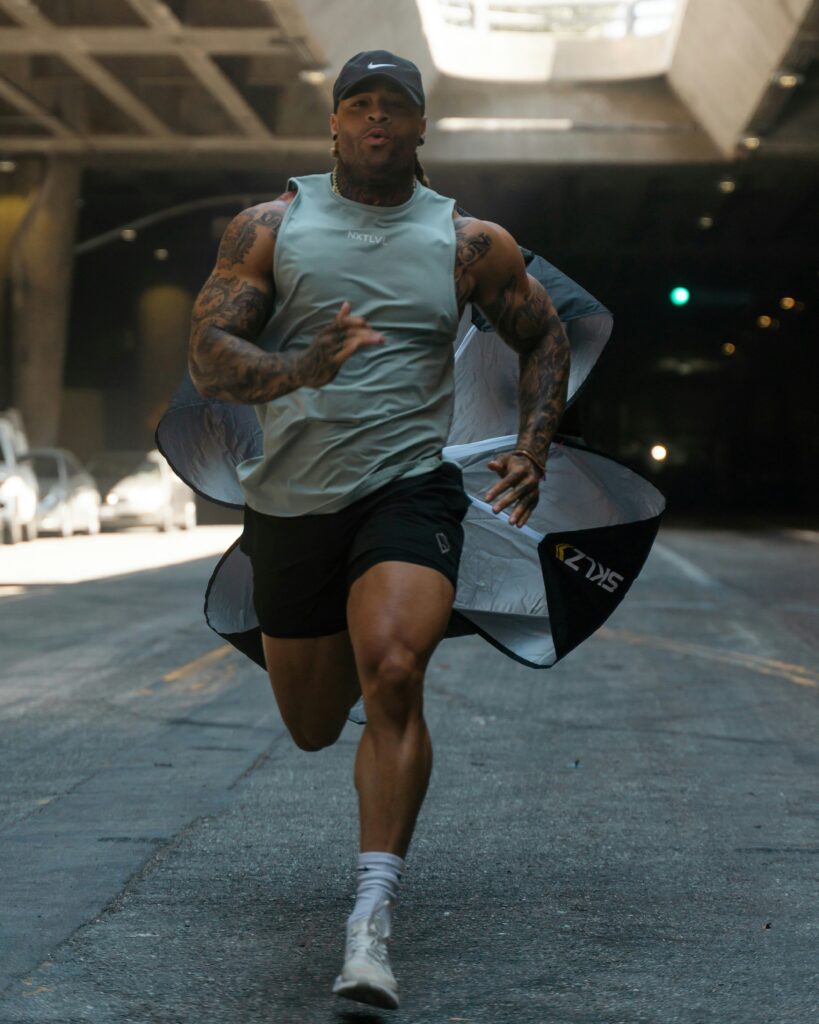
Here are the most common factors I see that contribute to tight calves:
Overuse
If you are training with high intensity for too long, you will get hurt. And the weakest link in your body will be the point that fails.
The reason this happens is simple. Your body doesn’t have enough time to repair the damage you are doing to it.
And if your calf is weak and/or tight, you could end up with some serious damage that you have to reverse.
Sedentary Lifestyle & Prolonged Sitting
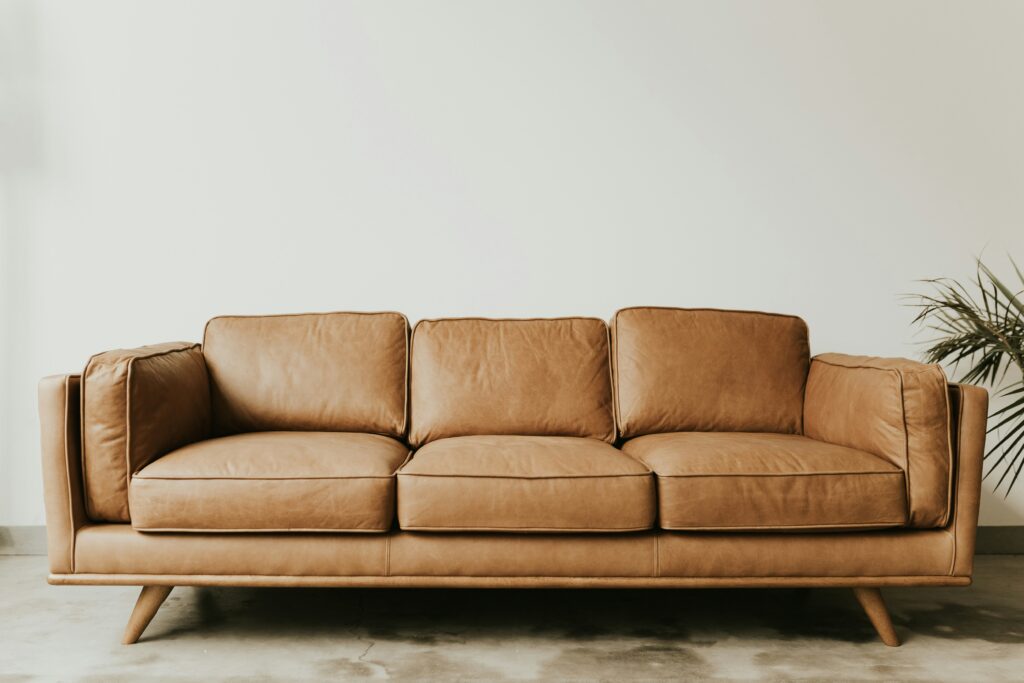
On the opposite side of the spectrum… If you don’t move enough your calves can tighten in a different way.
If you never use a full range of motion in your ankles and legs in general, your calves will stiffen and shorten over time.
It may take a decade or two, but a lack of movement mixed with prolonged sitting or inactivity leads to decreased blood flow decreased flexibility, and increased tension in the muscles.
Trigger Points & Myofascial Tension
Trigger points, or localized muscle knots, can develop in the calf muscles due to stress, overuse, or injury.
These hyperirritable spots can cause pain in other areas too, which can be confusing!
If you want to know how to find these spots, take a look at these articles I wrote for you:
How to Release Tight Calves: Everything I know about getting rid of calf pain through targeted stretches, trigger point techniques and corrective exercises.
How to Release Trigger Points in the Calf: Focused strategies for identifying and destroying trigger points in your calf muscles.
How to Foam Roll Your Calf Muscles: Step-by-step instructions on using foam rolling to alleviate calf muscle tightness.
Time To Get To Work!
Calf tightness is so common and people just choose to live with it instead of making a change.
Since you are here, I know you aren’t like most people. Now that you understand how calf tightness works, you can use any of my targeted guides to fix the root issue.
Use my Ultimate Stretching Guide to lengthen the muscle and trigger point guide to get rid of all your body’s little issues.
If you want more calf targeted content please read any of my calf release guides found on the, Fix Your Calf category page!
Let me know if you need my help!
-Nick